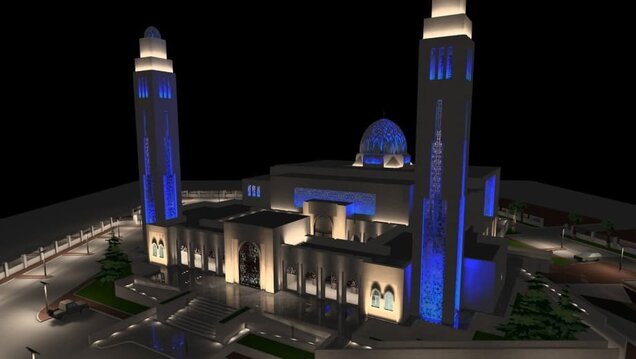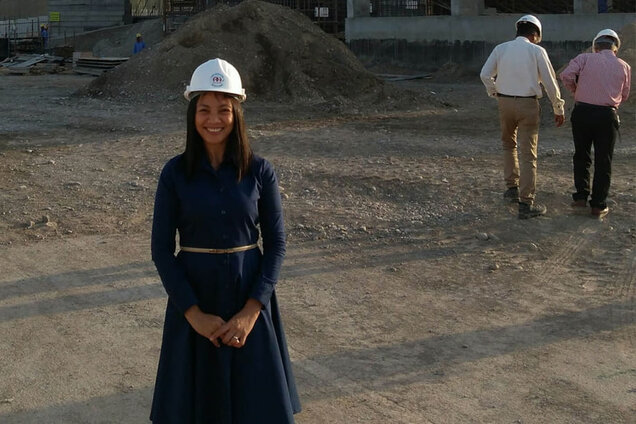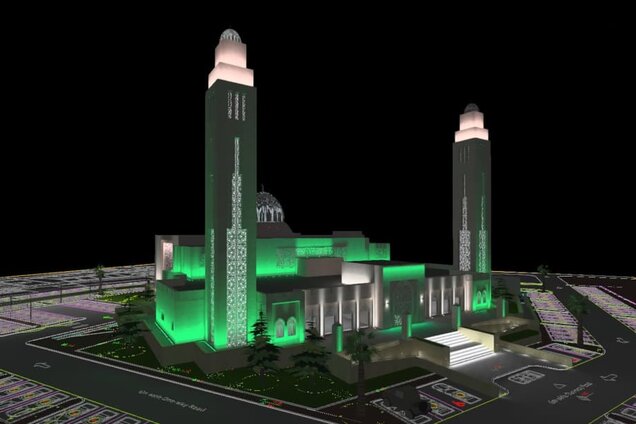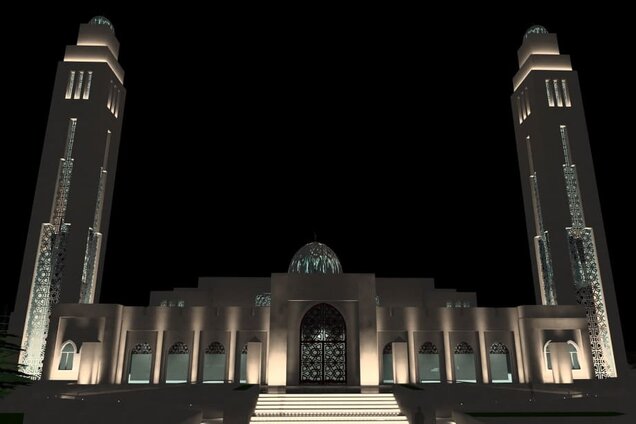»This is it! This is my software!«


Nelca Roco is an architect and works as a lighting designer in the United Arab Emirates. On her YouTube channel she regularly gives tips on lighting design and architecture. She also shows her viewers how to implement special applications in DIALux evo.
We were impressed by Nelca's interesting work and asked her for an interview.

Nelca, what are the trends in lighting design in the Middle East?
Here in the UAE, the government is trying to relate everything to sustainability. We have Estidama in Abu Dhabi and Al Safat in Dubai. These two green building certifications are all related to LEED from the USA and BREEAM from Europe/UK. While Saudi and Qatar are more into LEED requirements, some countries like Oman and Bahrain have not advanced so far into green building requirements yet (this is as per our project experience). Most of the projects in the Middle East that I have been involved in have their own MEP consultants, therefore there is always strict compliance regarding standards for lighting.
LED is more prominent, people are not interested in conventional lamps anymore. Lighting control is always integrated, maybe this is because of energy saving and the hi-tech image of the project.
In the UAE, Dubai, in particular, is becoming a »glowing city« at night. Façade lighting is everywhere, especially in hot-spot commercial areas and high-end residential areas. This is the most interesting trend in the UAE. There is a preference for 5000 - 6000 Kelvin CCT in offices, schools, hospitals and other functional areas.
What do you implement with DIALux evo?
On the very day when DIALux evo was released, I fell in love with it. In our office, we use DIALux, AGI32, Relux, and other lighting software. DIALux 4 is a little bit rigid for my artistic taste, AGI32 is somewhat complicated in terms of creating 3D objects and Relux seems to be similar to DIALux 4. So, when DIALux evo was released, I immediately said »This is it! This is my software!« and then I started using it in all my lighting design projects. For offices, in retail, for roads, landscape, façades and other lighting applications. For everything apart from tunnel and sports lighting.
Which project that you have planned with DIALux evo are you particularly proud of?
I have done lots of offices, retail shops, and façade lighting using DIALux evo. And I am proud of all of these. But there is one particular project that stands out, the mosque in Oman. I made 11 revisions to that project due to the sophistication of the architect and the strict requirements of the consultant. Then when it was finally realized, the actual structure was amazing in that it followed everything in my lighting design.
The other one is the most expensive executive office in Saudi Arabia I have ever handled. It has LEED requirements and the interior design really complements my lighting design. We used the most expensive luminaires from our range, and I am so happy that we got the order with only 3 revisions. The client is happy because I am a LEED-certified lighting designer. It is easy for them to achieve their targets in terms of lighting due to my good understanding of LEED requirements.

Who is the typical DIALux evo user looking for advice on your channel?
I have 8,800+ subscribers right now and most of them are lighting designers. There are a few who are involved in sales and marketing. There are also some college students.
Do you find Nelca's work interesting? Here you can find Nelca’s YouTube channel here.
You want a DIALux training in your country? Find further information about our international DIALux trainer.
Numerous free tutorials on our YouTube channel provide a first introduction to using our lighting design software.